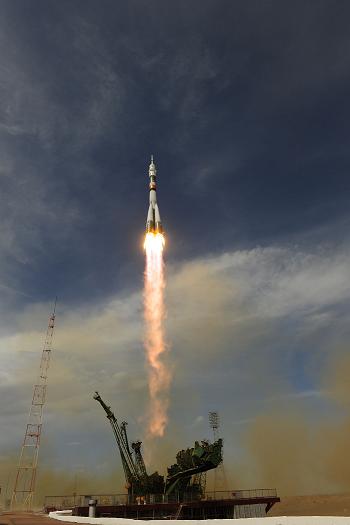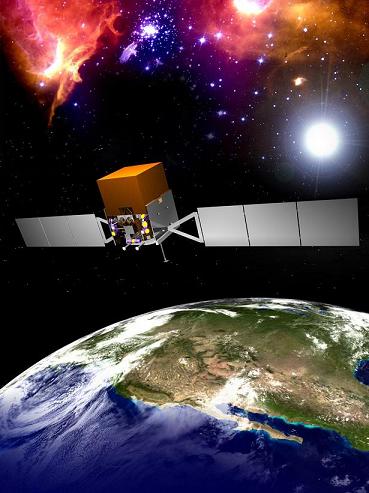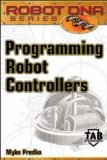Arianespace is getting closer to the first Soyuz launch from Kourou, in French Guyana.
On November 7, 2009, two Soyuz launchers were loaded on MN Colibri, which transports them from Russia to French Guyana. The journey of the two Soyuz 2-1A launchers from St. Petersburg to Kourou takes two weeks.
Each launch vehicle is loaded in ten containers, which hold the four first-stage strap-on boosters, the Block A core stage, the Block I third stage, the Fregat upper stage, and the Soyuz 2-1A ST-type payload fairing. MN Colibri is also carrying the refined kerosene propellant used by the boosters, the Block A and Block I stages, as well as the unsymmetrical dimethylhydrazine (UDMH) and the nitrogen peroxide (N2O4) needed to fuel the Fregat upper stage.
The Soyuz launch site at Kourou is in its final stage of construction. While sharing common features with the cosmodromes at Baikonur in Kazakhstan and Plesetsk in Russia, the launch site at Kourou will have a fifty-two meter tall mobile gantry, which will be used for vertical payload integration and final pre-liftoff processing.
If you ask yourself how safe is Soyuz, it has been in production since 1957, continuously upgraded, and has more than 1,740 successful launches on record to date. Soyuz will become the medium-size launcher in the Arianespace family of launch vehicles. Taking advantage of the low latitude of the European spaceport, Soyuz will be able to deliver three-ton payloads to geostationary orbits.













 Subscribe to blog posts using RSS
Subscribe to blog posts using RSS










